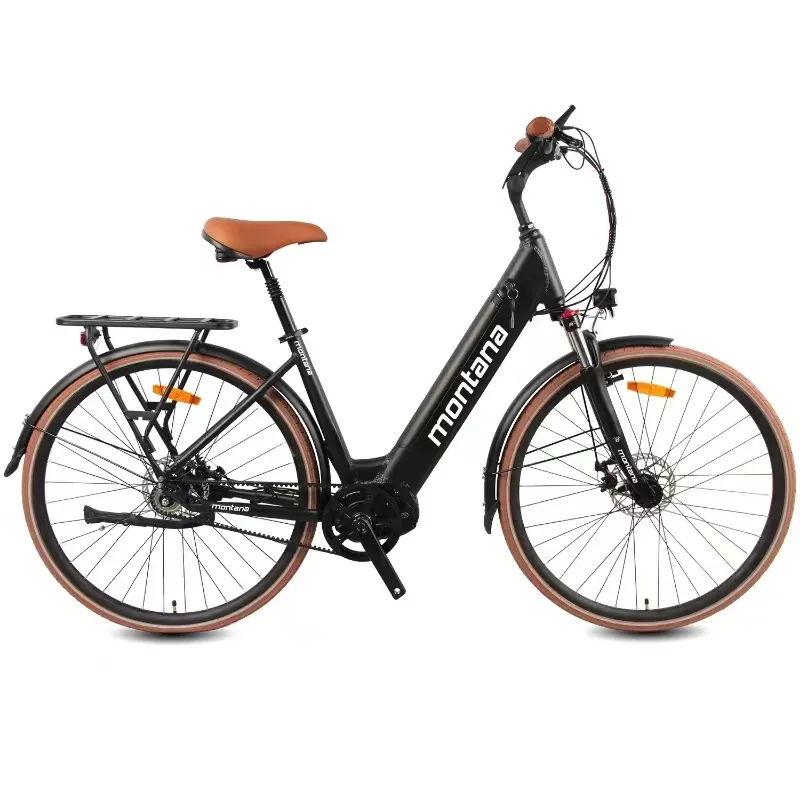
- Afrikaans
- Albanian
- Amharic
- Arabic
- Armenian
- Azerbaijani
- Basque
- Belarusian
- Bengali
- Bosnian
- Bulgarian
- Catalan
- Cebuano
- Corsican
- Croatian
- Czech
- Danish
- Dutch
- English
- Esperanto
- Estonian
- Finnish
- French
- Frisian
- Galician
- Georgian
- German
- Greek
- Gujarati
- Haitian Creole
- hausa
- hawaiian
- Hebrew
- Hindi
- Miao
- Hungarian
- Icelandic
- igbo
- Indonesian
- irish
- Italian
- Japanese
- Javanese
- Kannada
- kazakh
- Khmer
- Rwandese
- Korean
- Kurdish
- Kyrgyz
- Lao
- Latin
- Latvian
- Lithuanian
- Luxembourgish
- Macedonian
- Malgashi
- Malay
- Malayalam
- Maltese
- Maori
- Marathi
- Mongolian
- Myanmar
- Nepali
- Norwegian
- Norwegian
- Occitan
- Pashto
- Persian
- Polish
- Portuguese
- Punjabi
- Romanian
- Russian
- Samoan
- Scottish Gaelic
- Serbian
- Sesotho
- Shona
- Sindhi
- Sinhala
- Slovak
- Slovenian
- Somali
- Spanish
- Sundanese
- Swahili
- Swedish
- Tagalog
- Tajik
- Tamil
- Tatar
- Telugu
- Thai
- Turkish
- Turkmen
- Ukrainian
- Urdu
- Uighur
- Uzbek
- Vietnamese
- Welsh
- Bantu
- Yiddish
- Yoruba
- Zulu
Oct . 31, 2024 13:05 Back to list
Understanding Mountain Bike Sizes for a Better Riding Experience
Understanding Mountain Bike Sizes A Comprehensive Guide
Choosing the right mountain bike size is crucial for both comfort and performance on the trails. Whether you're a seasoned rider or a beginner looking to take on new adventures, understanding how mountain bike sizes work can significantly enhance your biking experience. This article aims to break down the various factors related to mountain bike sizing and help you find the perfect fit.
The Importance of Proper Sizing
A properly sized mountain bike allows you to maintain control, optimize your pedaling efficiency, and reduce the risk of injury. Riding a bike that is too small can lead to discomfort and difficulty handling the bike, while a bike that is too large can be challenging to maneuver and control, especially on technical terrain. Therefore, knowing your measurements and understanding the sizing charts are essential steps before making a purchase.
Measuring Your Height and Inseam
To determine the right mountain bike size, start by measuring your height and inseam. Your inseam length is particularly important as it helps determine the standover height of the bike, which is the distance from the ground to the top tube. To measure your inseam, stand against a wall, place a book between your legs, and mark the height where the book touches the wall. This measurement, taken in centimeters or inches, will be vital when consulting sizing charts.
Sizing Charts and Frame Sizes
Mountain bike sizes are typically categorized into different frame sizes Small, Medium, Large, and Extra Large. Each manufacturer may have their own sizing chart, but generally, the size distribution is as follows
mountain bike sizes

- Small (S) Fits riders approximately 5'0 to 5'4 (152cm to 163cm) with an inseam measurement of around 27 to 29 (69cm to 74cm). - Medium (M) Suits riders from 5'4 to 5'8 (163cm to 173cm), with an inseam of around 29 to 31 (74cm to 79cm). - Large (L) Ideal for those between 5'8 and 6'0 (173cm to 183cm), with an inseam of about 31 to 33 (79cm to 84cm). - Extra Large (XL) Recommended for riders over 6'0 (183cm) with an inseam of approximately 33 and above (84cm+).
Geometry and Riding Style
It’s essential to consider not only the frame size but also the geometry of the bike, which includes factors such as the reach, stack height, and the effective top tube length. These measurements can greatly affect how the bike feels during rides. Additionally, your riding style matters. Aggressive riders may prefer a more compact frame for better maneuverability, while those seeking comfort for longer rides might benefit from a more relaxed geometry.
Test Riding
The best way to ensure a good fit is to test ride different sizes and styles. A reputable bike shop can assist with fitting, allowing you to adjust the seat height and handlebars to find your perfect riding position. Pay attention to how the bike feels on turns, climbs, and descents. A few minutes on the bike can often reveal issues with size or fit.
Conclusion
In conclusion, selecting the appropriate mountain bike size is vital for a pleasurable riding experience. By taking accurate measurements, consulting sizing charts, considering geometry, and test riding multiple bikes, you'll be well on your way to finding the perfect mountain bike tailored to your needs. Enjoy your ride and the great outdoors!
-
The Ultimate Kids' Four-Wheeler Experience
NewsJul.09,2025
-
The Ultimate Guide to Mountain Bikes: Gear Up for Your Ride
NewsJul.09,2025
-
The New Age of Cycling: Electric Bikes for Every Rider
NewsJul.09,2025
-
The Best Kids Bicycles: Ride in Style and Safety
NewsJul.09,2025
-
The Best 3-Wheel Scooters for Kids: Fun, Safety, and Adventure
NewsJul.09,2025
-
Revolutionize Your Ride: Affordable Electric Bikes
NewsJul.09,2025
-
Finding the Perfect Mountain Bike for Every Rider
NewsJul.09,2025



